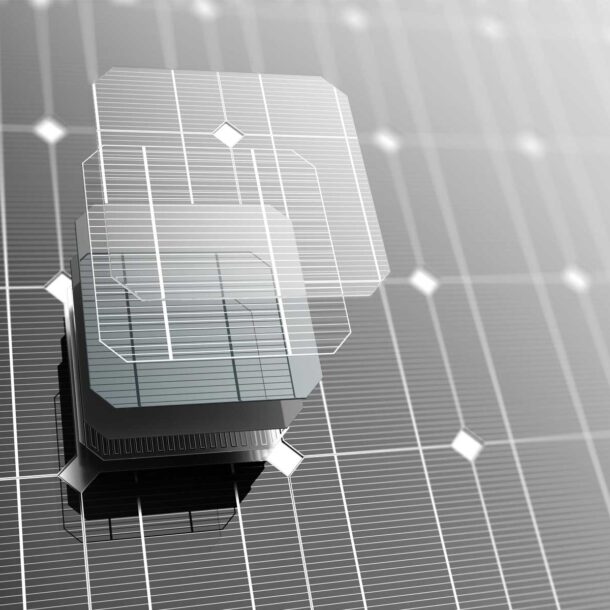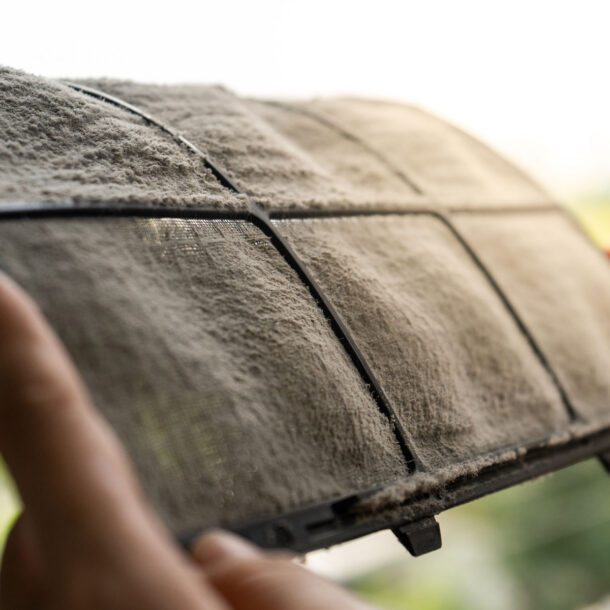
Rooftop Solar | The Basics
Introduction to Rooftop Solar
Thank you for taking the time to learn about solar power. While we at Active are mainly asked about rooftop solar specifically and how it financially benefits homes and businesses, it’s also exciting to share how solar placed at the point of use, shifts those homes and businesses from being electric consumers to electric producers.
Rooftop solar, point of use energy, and distributed grid are all terms that try to encapsulate the transition of a central source monopoly supplied power grid to one that is fed by individuals on a local level. So enjoy your journey into solar and finding out if you too can become a game changing energy producer.
The movement to save and produce one’s own power is growing. It is estimated that by 2024, more than 2.5% of US households will be using point of use solar installations. Currently, solar energy accounts for 1.7 percent of total electricity generation in the U.S.. The main reason for the house by house adoption is not the obvious environment benefits, but rather it’s the electricity savings. The cost of solar has become one of the cheapest sources of energy in the United States, with those savings directly benefiting the home or business owner.
Are Solar Panels Environmentally Friendly
While the power from solar is sustainable, just a few years ago it took a lot of gray energy to manufacture solar modules. Gray energy is the amount of dirty or carbon producing energy used in the manufacture and supply of a product. The installed solar system, while producing clean energy, was only amortized energetically after 10 years. While the system lasts 30 years and longer this was still an unfortunate carbon hurdle to overcome.
Thankfully, the production process for solar modules has been significantly improved – currently affording the solar system to be amortized in terms of energy after only 1.5 years. Hence the win win of solar. Saving money by producing your own power and doing it with an ever-abundant clean renewable resource.
WHAT IS A SOLAR PANEL?
A photovoltaic (PV) solar system converts the radiation energy of sunlight into usable electricity. The solar modules or panels capture the sun’s rays inside of their solar cells to produce direct current electricity. This direct current is then converted into alternating current, (the type of electricity used to power your house), by an inverter.
Solar panels are essentially aluminum and glass boxes built to withstand the elements and protect the grid of solar cells sandwiched within the panels The cells are thin wafers of semiconductor material, most often silicon, that are positively and negatively charged to emit extra atoms with the introduction of heat. As soon as sunlight shines on the solar panel, the sun’s energy frees electrons in the silicon wafers that are laid in a connected grid inside the panel. The freed electrons then move along that grid in a current, leaving the panel as Direct Current DC energy.
Each solar panel produces a certain wattage of energy based on the amount of sunlight and the number and size of the silicon wafers within. While not all solar panels are made to the same quality, the ideal panel will be the most efficient and produce the maximum amount of power for the longest period of time. A panel’s cost, size, and daily and lifetime production are just a few of the specifications taken into consideration for every Active Solar system.
COMPONENTS OF SOLAR SYSTEM
While solar systems vary in the number of panels, orientation, and type of roof or mounting they all contain the same basic elements. The panel, the inverter, the balance of system and the electric meter.
THE PANELS
The solar module or panel is the component that is exposed to the sun and converts the sun’s energy into electricity. The solar panels are generally rectangular and are protecting the silicon wafers with layers of glass from the elements.
THE INVERTER
The purpose of the inverter is to convert the sun’s Direct Current (DC) electricity into standard Alternating Current (AC). The inverter is also responsible for the monitoring of the power production. Over the past decade more and more systems are being installed with micro inverters where 10 years ago most of our systems were string inverters. Micro inverters can come already applied to the backside of the panel from the manufacturer or can be installed at each panel during the systems installation. Micro inverters monitor the production of each panel individually, where the string inverters gather the electricity from all the panels stung together in the different arrays, converting the DC to AC electricity per the installed groups of panels rather than panel by panel.
There are pros and cons to each but more and more the panel by panel micro inverters are becoming more prevalent.
BALANCE OF SYSTEM
The balance of system is the term used to describe all of the additional components like racking, hardware and wiring that make up the connections between panels and the roof etc. While panels and inverters come from the manufacturer with specific specification, the balance of system is decided by the installer or integrator. It’s important that the balance of system be of the highest quality to ensure the best production and longest lasting problem free systems.
It’s important to remember that solar needs to last. At Active we take as much pride in our systems longevity as we do the first day it turns your meter backwards.
ELECTRIC METER
The power companies meter measures the electricity fed into the grid and the electricity that is bought from the grid. Without solar the meter is simply tracking consumption, once you have solar it will track the energy you feed back onto the grid as well (Net Metering)
BATTERY STORAGE (optional)
The battery storage stores excess solar power. The batteries can be used in power outages, night time use, and or to offset time of use charges. Batteries and the management of energy use are the most exciting components to be added to a solar system in years. We now have the ability to create electronically autonomous homes with on and off grid capabilities.
SMART ENERGY CONTROLS (optional)
Smart Energy control systems increase the use of your system produced energy, allowing you to go off-grid, save money while making your living spaces more comfortable.
Active Solar designs and installs industry leading Point of Use Power Technologies enabling homeowners to use less grid power, save money and live in smarter, more valuable and self-sustaining homes.
Active Solar designs and installs industry leading Point of Use Power Technologies enabling homeowners to use less grid power, save money and live in smarter, more valuable and self-sustaining homes. COPYRIGHT 2020 ACTIVESOLAR.COM







